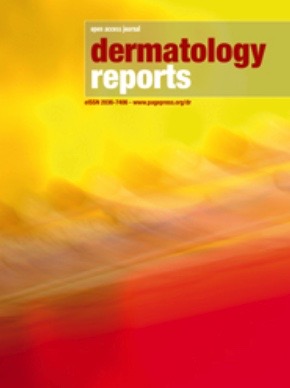 Smart Citations
Smart CitationsSee how this article has been cited at scite.ai
scite shows how a scientific paper has been cited by providing the context of the citation, a classification describing whether it supports, mentions, or contrasts the cited claim, and a label indicating in which section the citation was made.
Cutaneous adverse drug reaction in Human Immunodeficiency virus patient associated with antiviral therapy: A retrospective study
Drug hypersensitivity reactions specifically cutaenous adverse drug reaction (CADR) occur at higher rate in human immunodeficiency virus (HIV)- positive patients than general population and cause significant morbidity, in early era of antiretroviral therapy (ART), the incidence of skin rashes can reach 50% in HIV patients taking HIV medications. The purpose of this study is to evaluate the pattern of CADR in HIV patients associated with ART. A retrospective study took data from medical record CADR in HIV patients associated with ART at HIV ward, Dr. Soetomo General Hospital Surabaya, since January 2013 until December 2015. During the period of three years, there were 20 CADR patients in at HIV ward, Dr. Soetomo General Hospital Surabaya. The most common patient was male, with the highest age group of 25-44 years old, and the most clinical feature found were maculopapular rash, and Steven Johnson Syndrome (SJS). The most common antiviral therapy were nevirapine. The number of CADR in HIV patient associated with ART cases increased. The most clinical feature were maculopapular rash followed by SJS, only few cases of toxic epidermal necrolysis.








